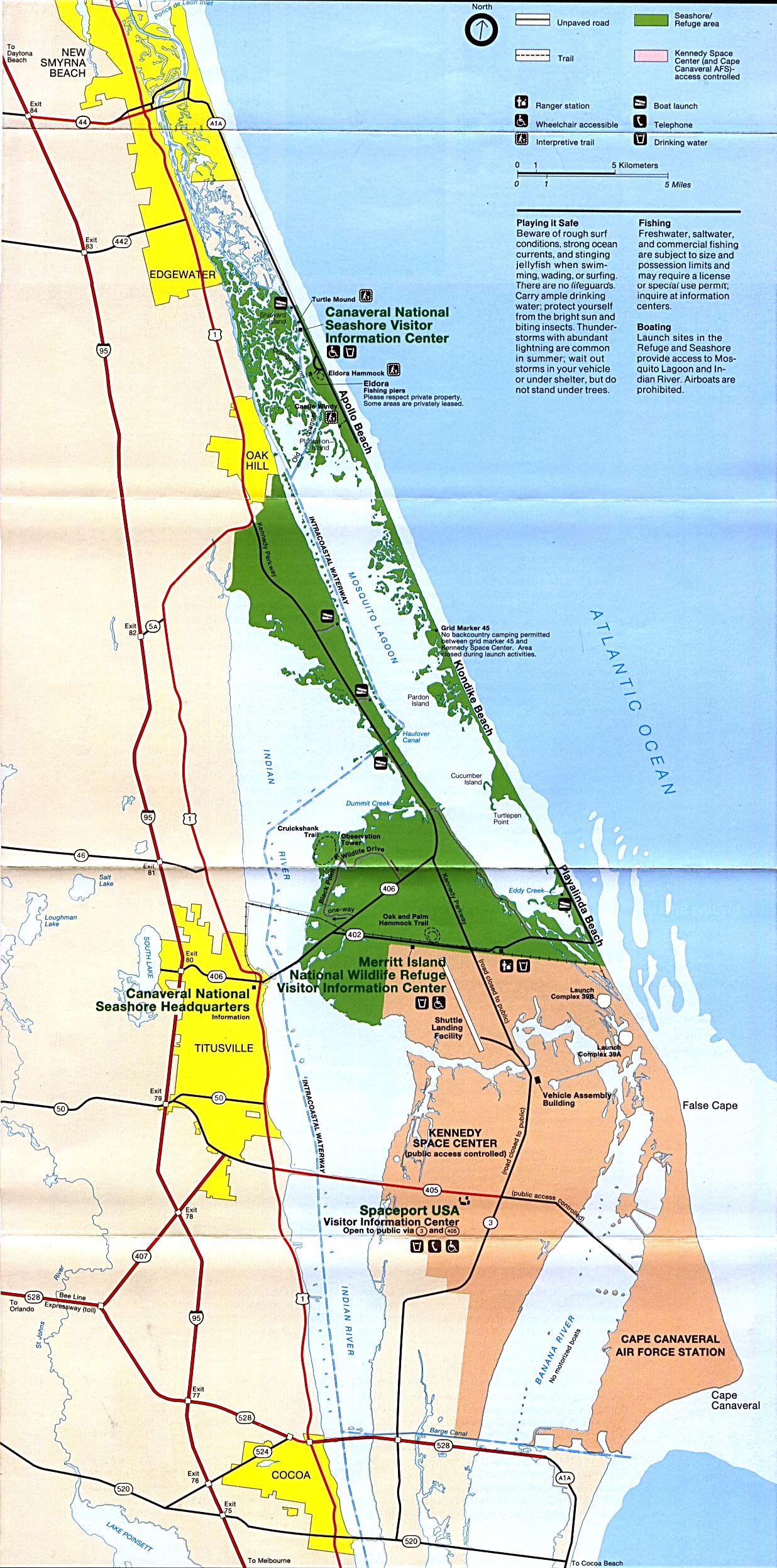
South Padre Island has been hit by multiple major hurricanes over the last century, including hurricane Allen in 1980. They bear the brunt of large storm surges and reduce flooding on the mainland. Brown-hued sediment is transported across Laguna Madre, through the pass, and into the blue-green waters of the Gulf of Mexico.īarrier islands along the Gulf and East coasts of North America play a critical role protecting the mainland from the damaging effects of storms. This natural gap is extended by parallel jetties, which are breakwater structures designed to protect the coastline from erosion. The pass, which separates Brazos Island and South Padre Island, has a navigable water depth of 42 feet (13 meters) and channel length of about 1.15 miles (1.8 kilometers). The Brazos Santiago Pass connects this portion of Laguna Madre to the Gulf of Mexico. Laguna Madre’s ecosystem is home to numerous species of fish, birds, and seagrass. About 75 percent of the lagoon’s shores are protected by the Laguna Atascosa National Wildlife Refuge and Padre Island National Seashore. Laguna Madre is a 130-mile-long (210-kilometer) hypersaline lagoon and major estuary on the inshore side of the greater Padre Island coast. The southern portion of Laguna Madre is visible in the bottom-left half of the image. South Padre Island is a popular tourist destination accessible by road via the Queen Isabella Causeway. In 1964, the Port Mansfield Channel (not pictured) was dredged, dividing Padre Island in two, creating South Padre Island. The island is part of the greater Padre Island, the longest barrier island in the world, which spans a length of 113 miles (182 kilometers). Summer and winter also bring in a lot more of birds to the island.While orbiting over the Gulf of Mexico, an astronaut aboard the International Space Station captured this image of South Padre Island, a barrier island along the coast of Texas. But before you go hiking to spot a Brown pelican, Mottled Duck, White-tailed Hawk and Reddish Egrets are found all through the year. Just a walk along the Grasslands nature trail could prove to be lucky for you and if you are carrying your camera or binoculars, you shall spot everything from over five species of turtles that choose to lay eggs on the beaches of the Padre Island to kangaroos, to even coyotes. HabitatĪ myriad of various groups of animals and birds co-exist here in Padre Island. From kayaking to fishing by yourself to camping on the white sands of Malaquite campgrounds, you shall soak yourself in the many interests that dot this island. This place has a little bit for everyone. You can occasionally spot a coyote, a kangaroo, and the most endangered Kemp’s Ridley turtles that may have just hatched. A tourist can see the best of these beaches and bear witness to the area's wildlife in their most natural habitats. The Grasslands Nature Trail will take you along the scenic marshlands that are home to a variety of critters, from baby turtles to and even birds. Padre Island is known for its vibrant natural environs and wildlife. PAIS also draws hundreds and thousands of wildlife and nature photographers every year. Ten miles south on the road you shall be entering the park of Padre Island National Seashore.

On crossing the JFK Causeway, you shall reach Padre Island and then you shall be taking the Park Road 22. Likewise, you shall be able to drive east on Highway 358 via the city of Corpus Christi. You shall be able to drive down forty-three miles to reach Padre Island National Seashore. The nearest airport is the Corpus Christi International Airport. The afternoons and the evening breezes reduce the temperature. Padre Island has long hot summers and short spans of winter. The serene park is open for camping and has its share of dunes, palm lined beach, wind tidal flats and lush dense vegetation. This National Seashore is 70 miles long and just as much as four miles into the park is open for vehicle traffic. It is situated between the Gulf of Mexico and the Laguna Madre close to the city Corpus Christi.

To the north of Padre Island is the Padre Island National Seashore, or PAIS. Located a short distance off of the coast of South Texas is Padre Island.


 0 kommentar(er)
0 kommentar(er)
